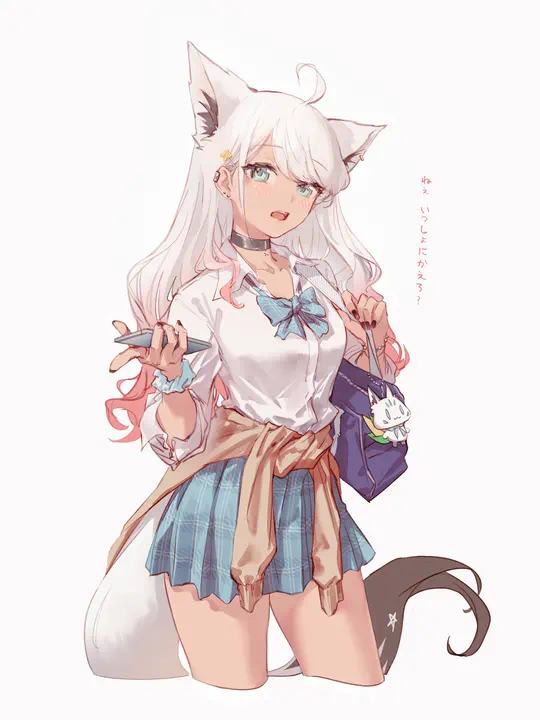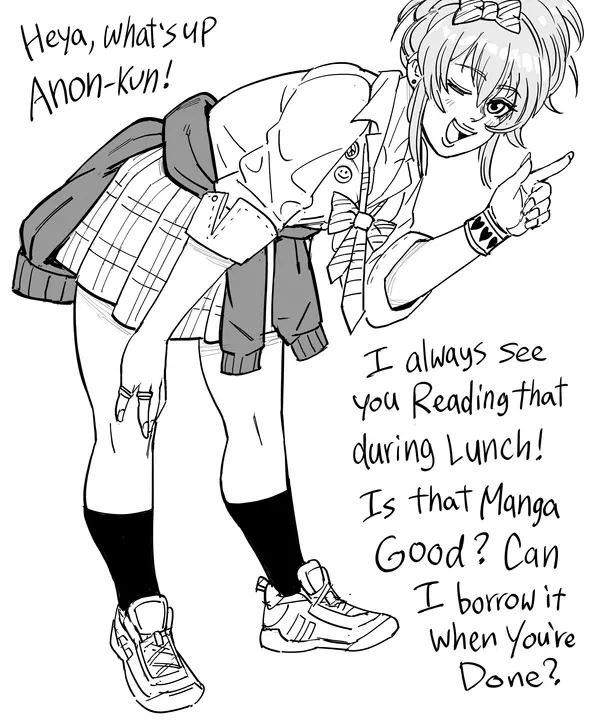This post is unavailable.
gyaru
gal ギャル neogal ネオギャル 次世代ギャル ポストギャル 黒ギャル ヤマンバ ヤマンバギャル 平成ギャル 辣妹
Japanese fashion style that peaked in the 2000s. Although it has generally declined in real life, it still has many followers and remains popular in various Japanese media, particularily the manga & anime industry.
It has many diverse substyles, with some commonalities. Gyaru style typically involves styled and coloured hair, trendy and often sexy gyaru-style clothing (especially from the shops in the mall Shibuya 109), and heavy makeup, with a focus on false eyelashes, enlarging the eyes, contouring, and circle lenses. Additionally, many gyaru use the "gyaru-moji" (ギャル文字) style of typing and certain specialized slang (ギャル語). There are also certain common hobbies among gyaru: dancing Para Para was at one time a very popular activity in gyaru circles.
Two common elements of gyaru looks, especially in anime and manga representations, are tanned skin (ganguro - especially for older or throwback styles) and bleached hair. However, not every gyaru has tanned skin or bleached hair, and not every character with tanned skin and bleached hair is a gyaru.
In mainstream media, gyaru are usually depicted as either an energeric or an extroverted character, while adult media depicted either as a high-school student prostitute or a character with unusually high sex drive.
Male gyarus are known as gyaruo.
Examples
Notable characters
- Angol Mois (Keroro Gunsou)
- Enoshima Junko (Danganronpa)
- Galko (Oshiete! Galko-chan)
- Izumi Mei (Idolmaster Shiny Colors)
- Jougasaki Mika (Idolmaster Cinderella Girls)
- Kirara (Blue Archive)
- Kitagawa Marin (Sono Bisque Doll wa Koi wo Suru)
- Rupee (Goddess of Victory: NIKKE)
See also
- Agejo Gyaru
- Amekaji Gyaru
- Amesuku Gyaru - gravure substyle closely resembling kogal
- Ganguro - a stereotypical and most recognizable variant of gyaru consisted of tanned skin and brightly-colored hair
- Gyaru v
- Hime Gyaru
- Himekaji
- Kogal - a substyle involving young gals and often incorporating gyaru-ified school uniforms
- Jirai Kei - the "landmine girl"
- Onee Gyaru
- Rokku Gyaru
- Y2K fashion
- Tag Group:Fashion style
The following tags implicate this tag: ganguro and kogal (learn more).



